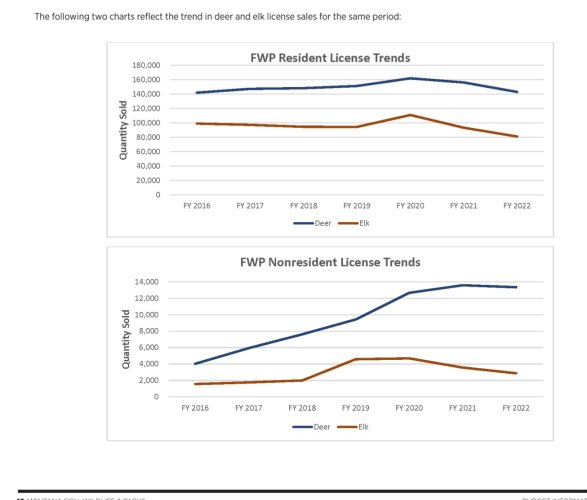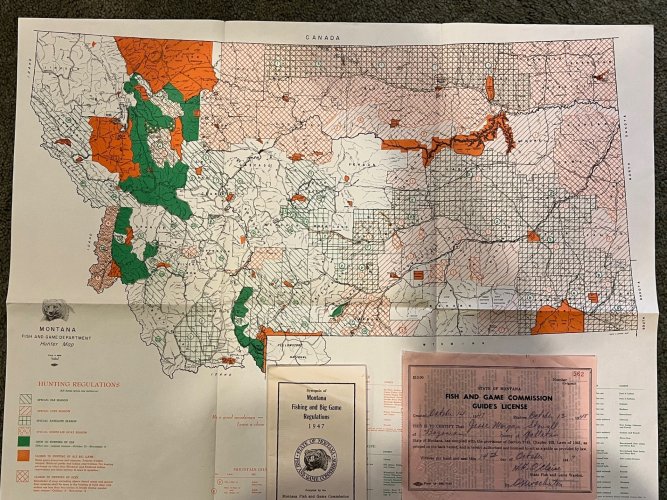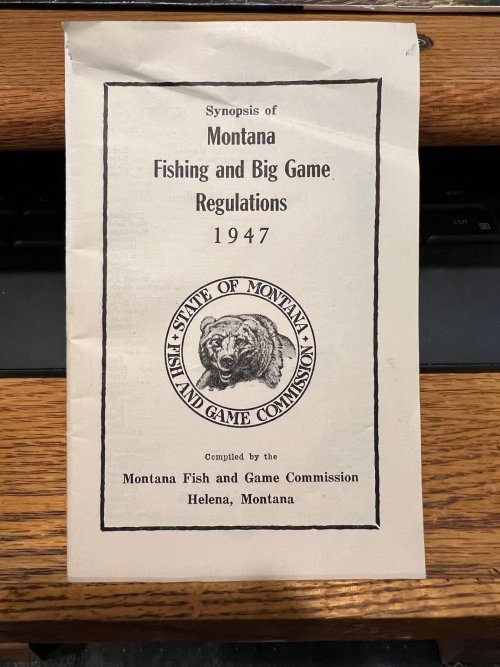There has been discussion on other threads about studies showing that a lack of age range in bucks results in later successful breeding of does, which results in lower body weight for fawns going into winter and lower fawn survival. I know the Montana legislature has a bit of a love-hate relationship with science, but I don't think the book is closed on this either way and would love to see some interest in studying the impacts of a mule deer herd dominated by 1.5 year old bucks.
BLM biologists agree. The idea misses fwp though









